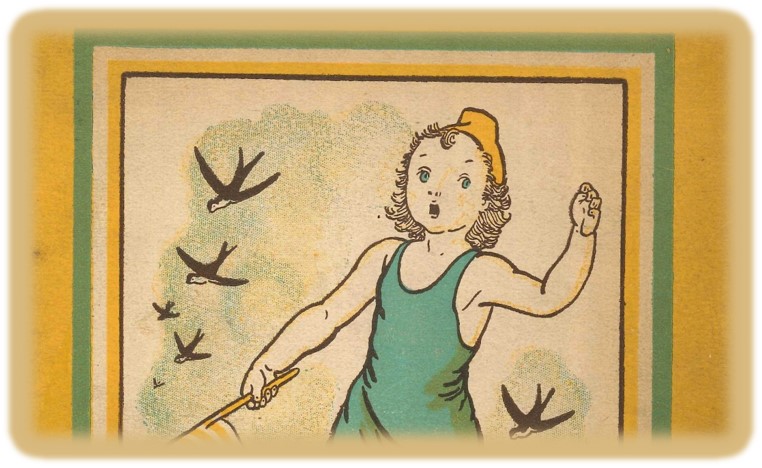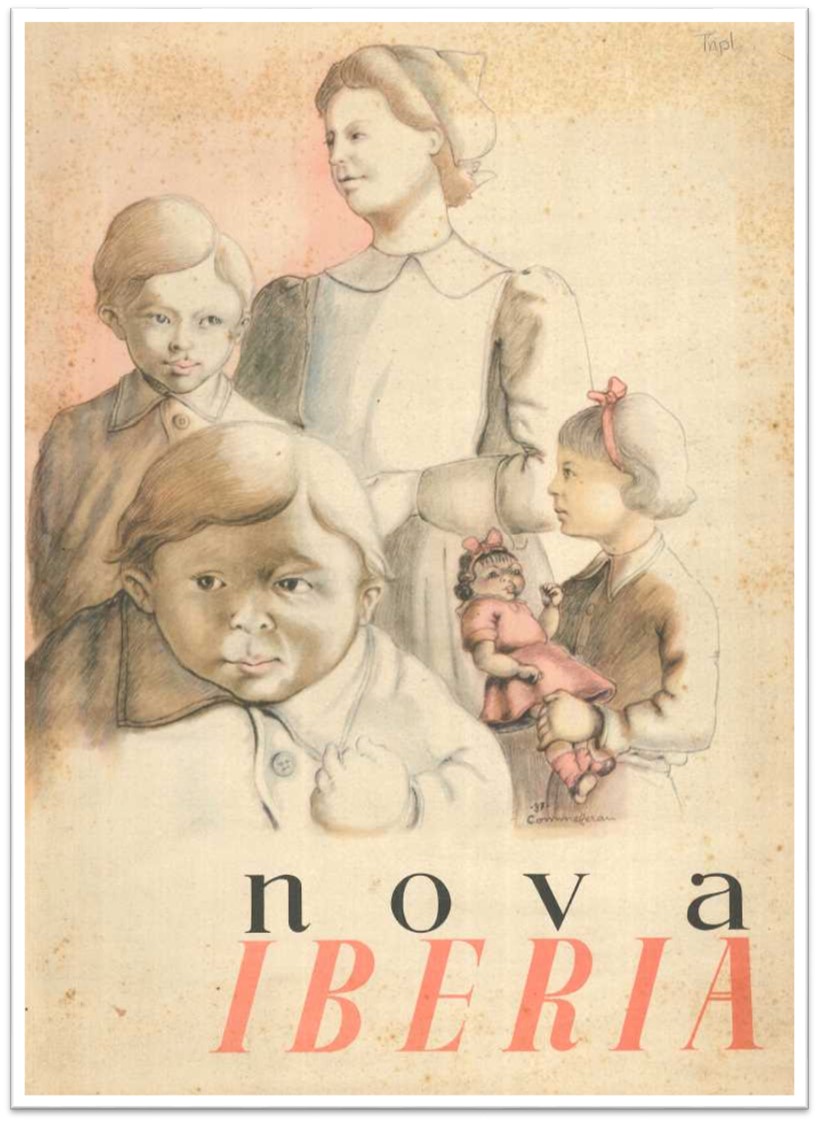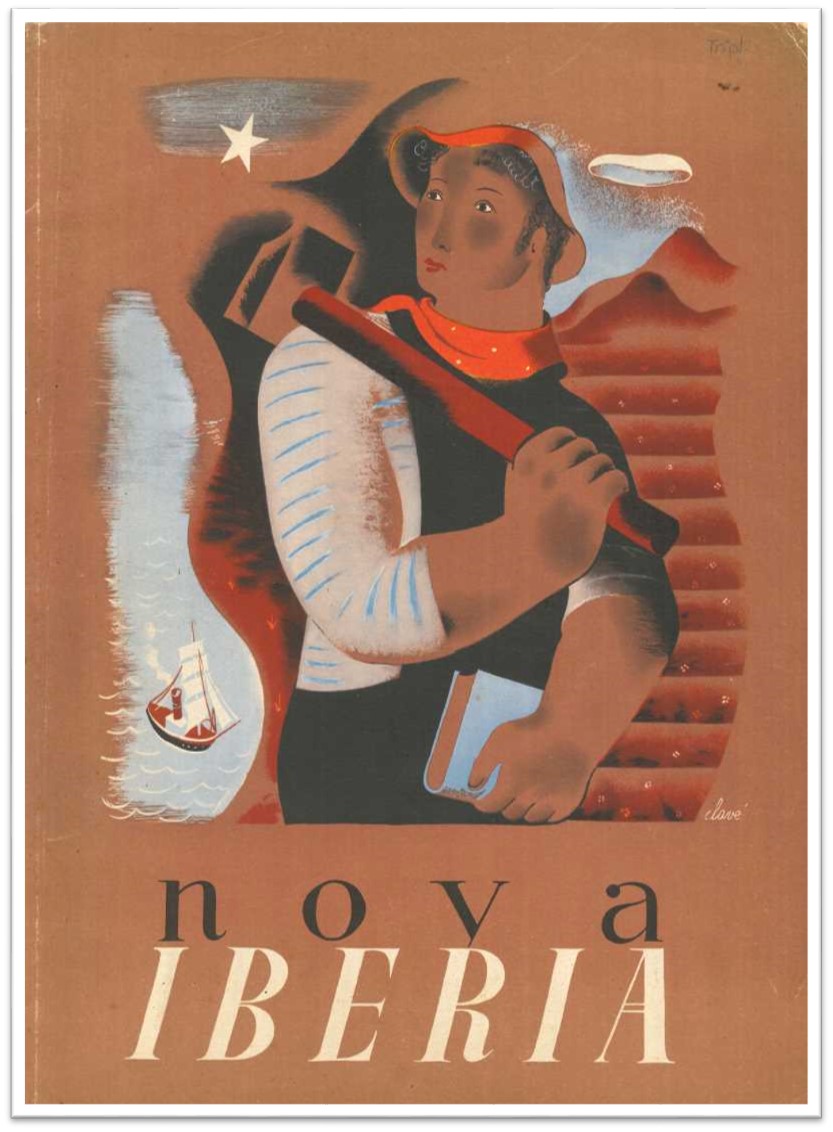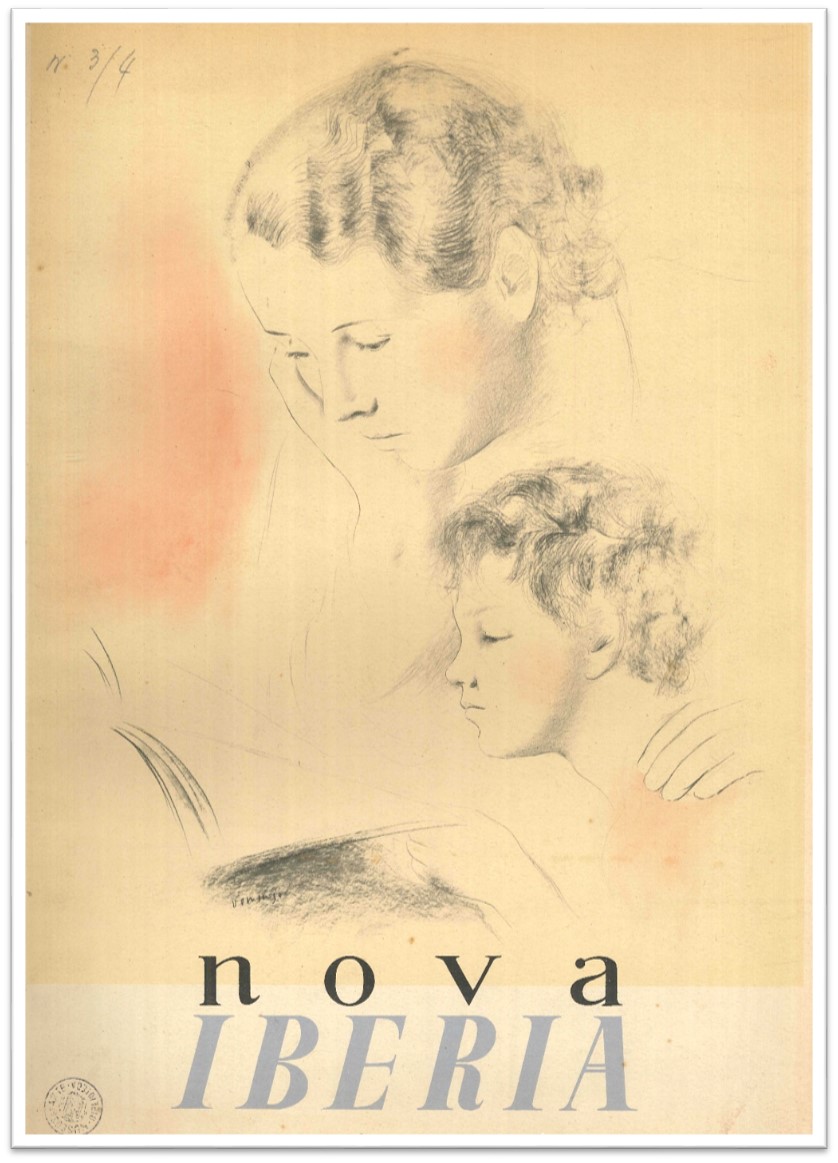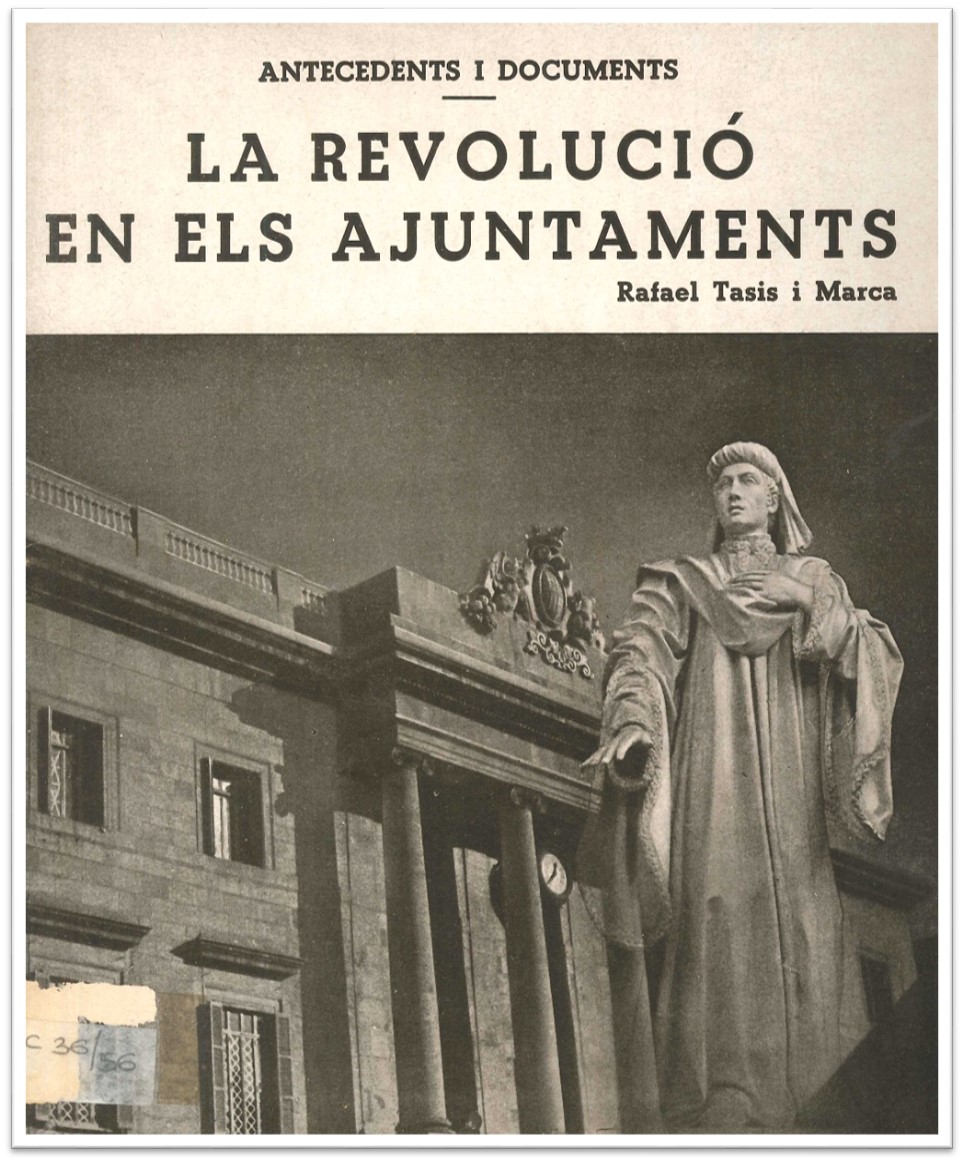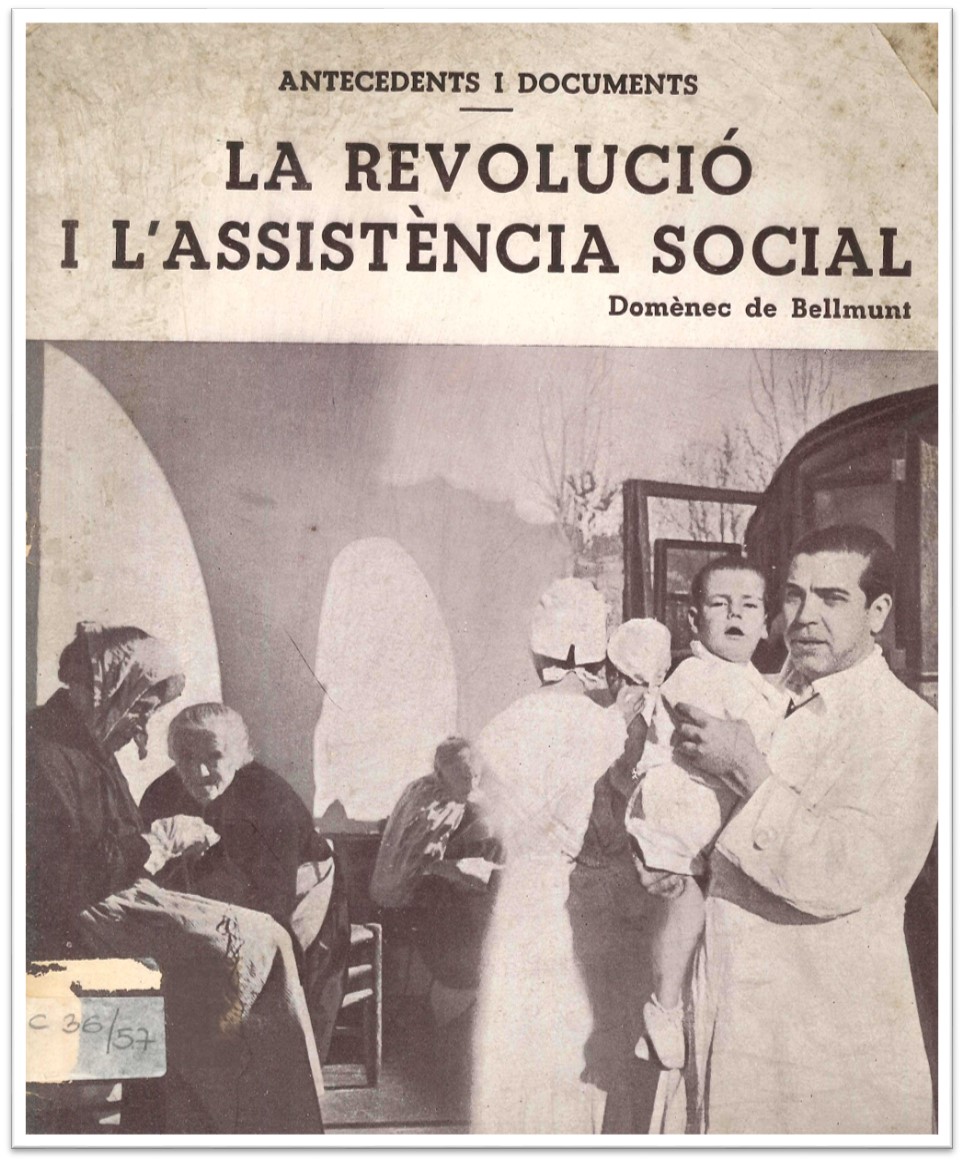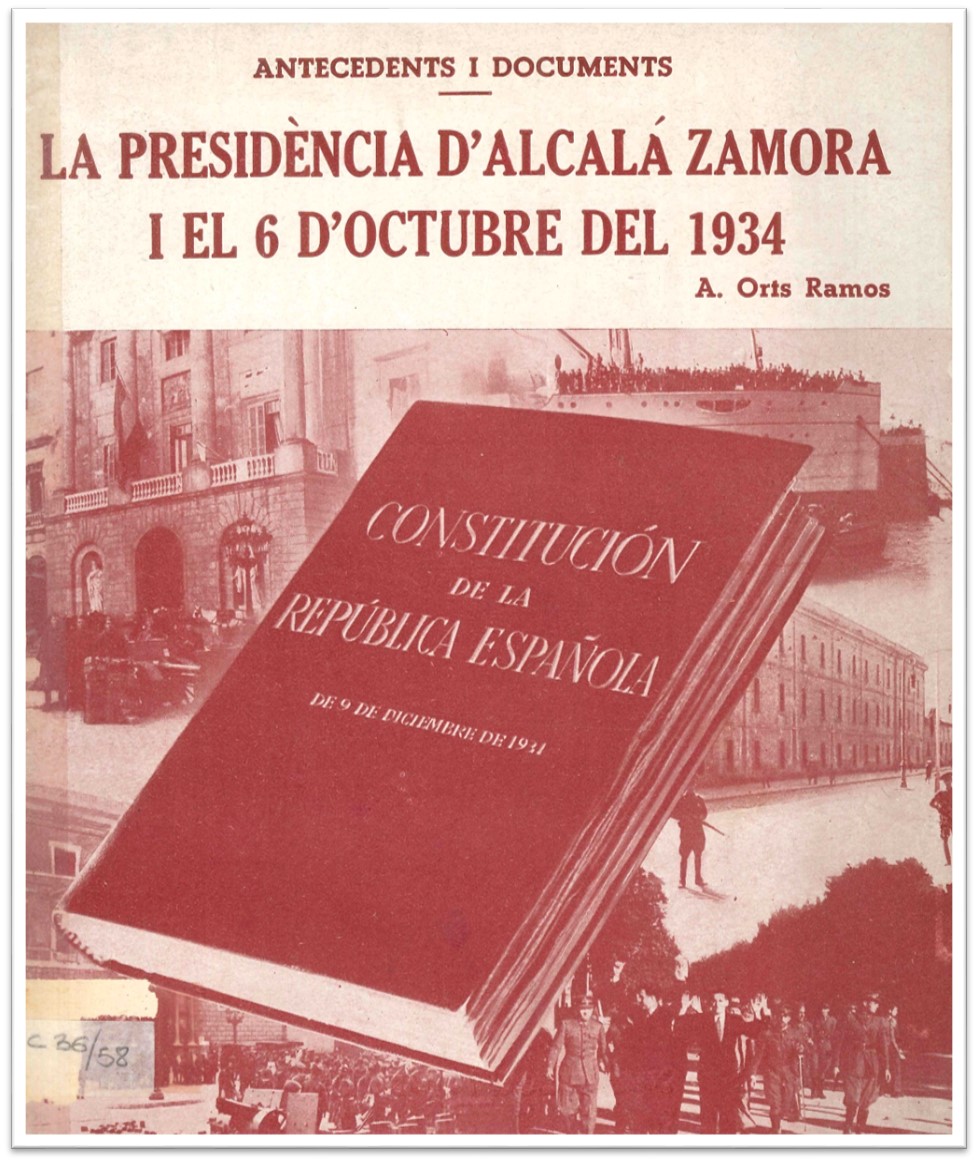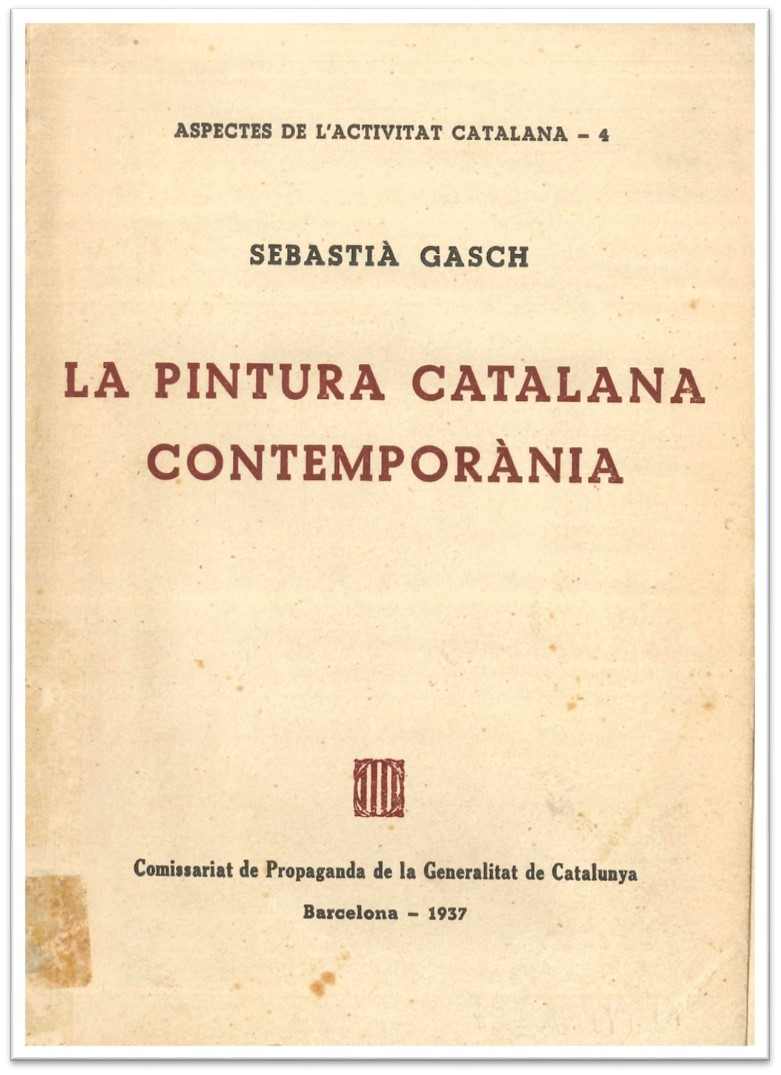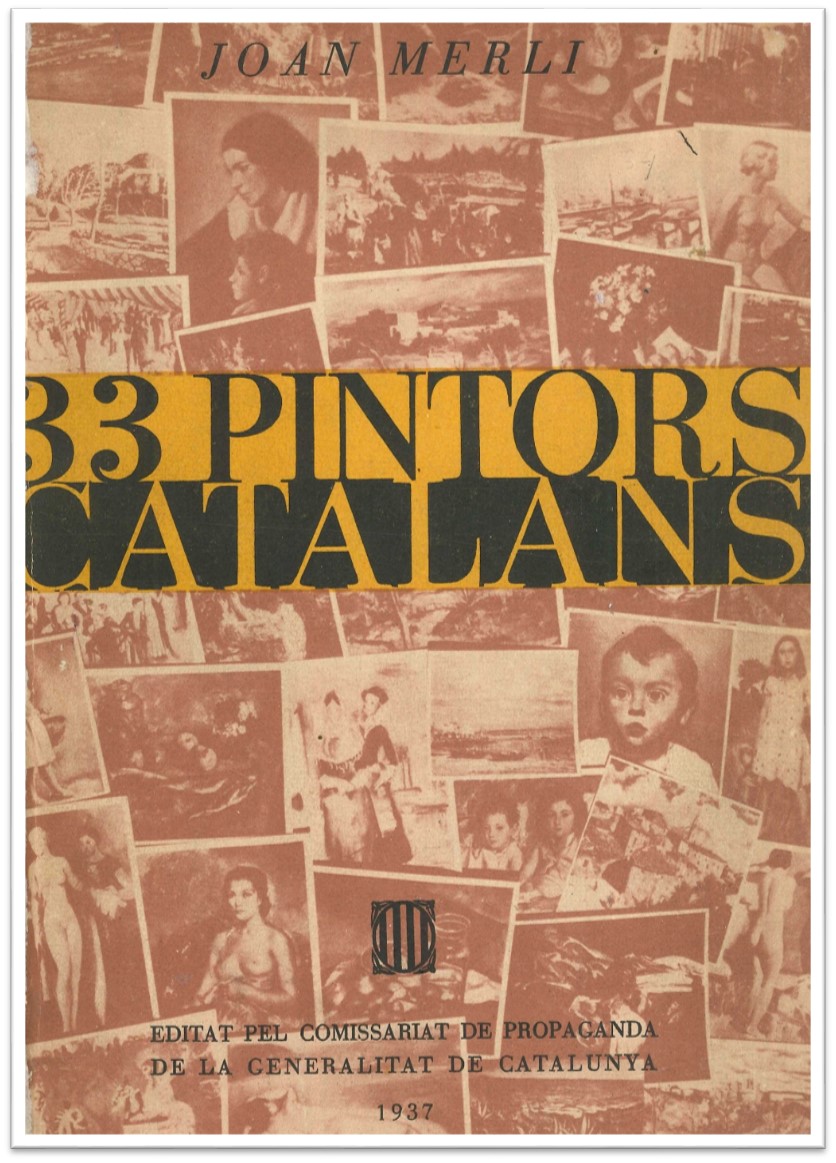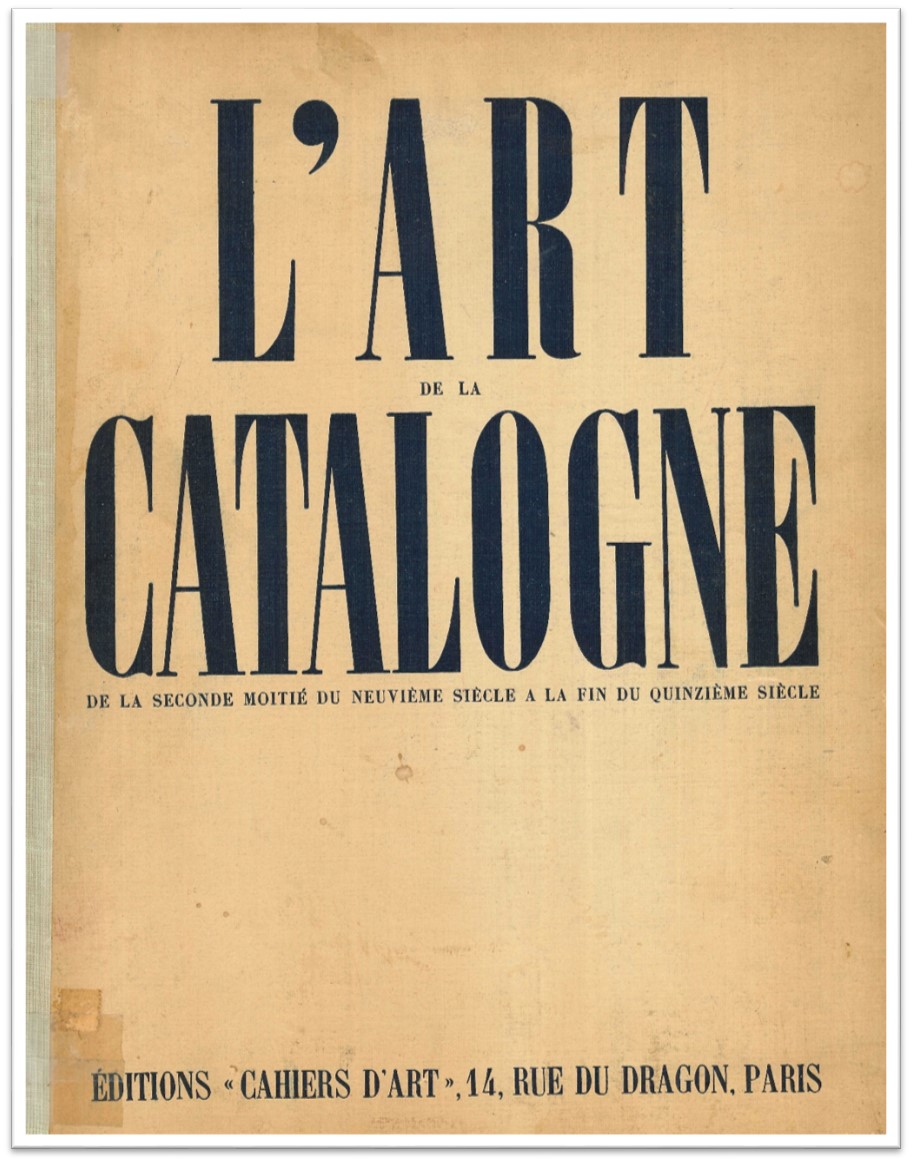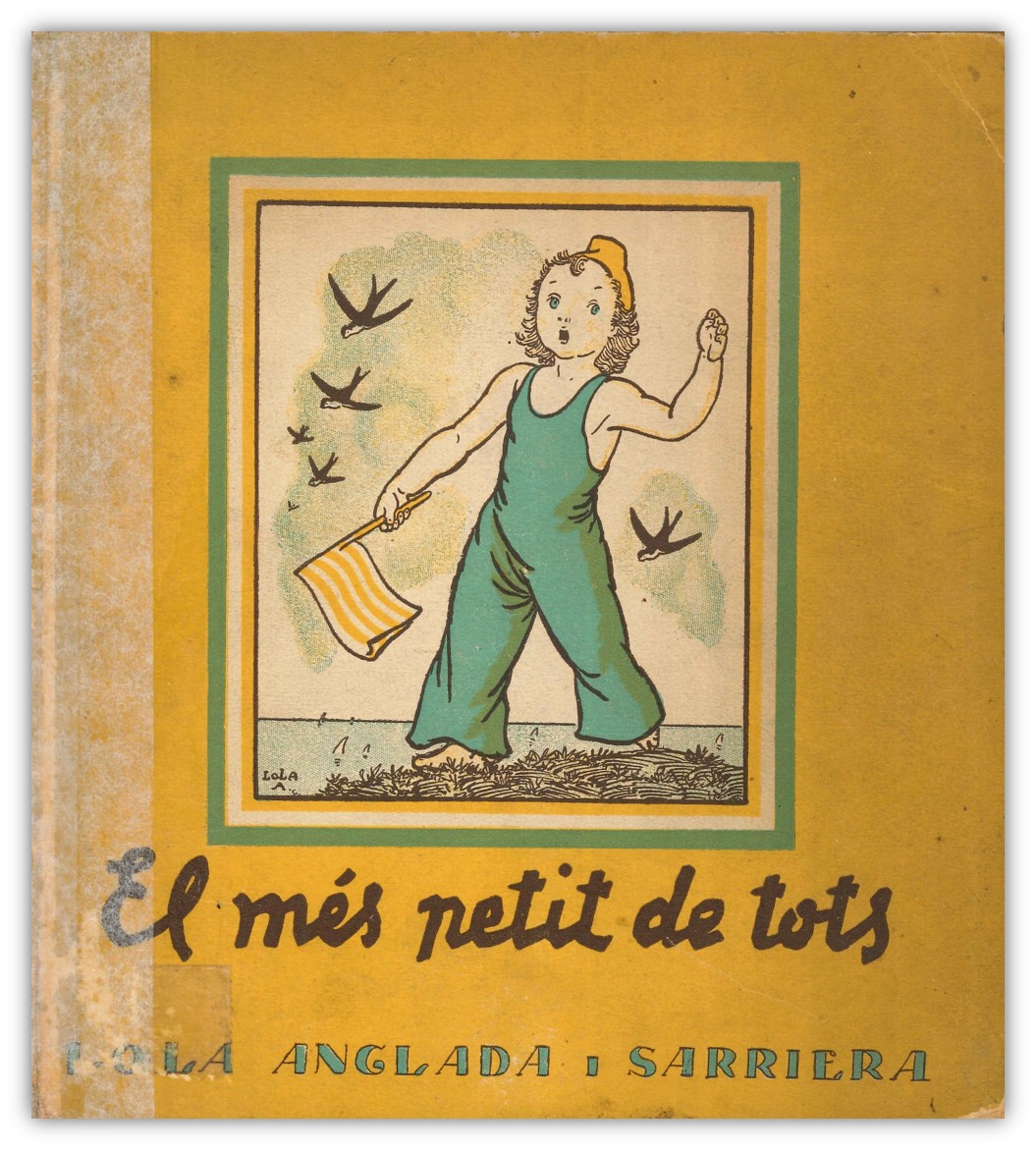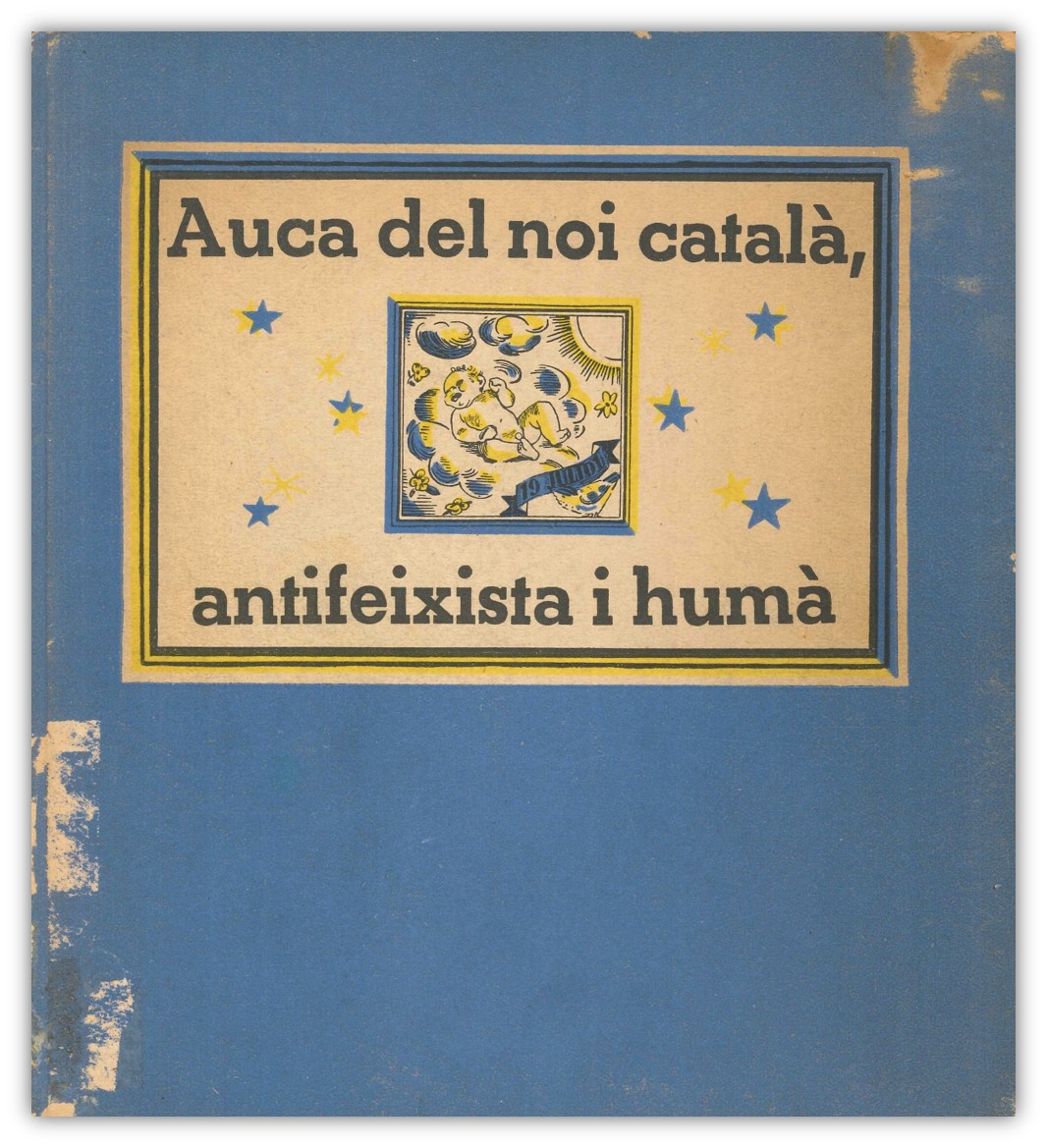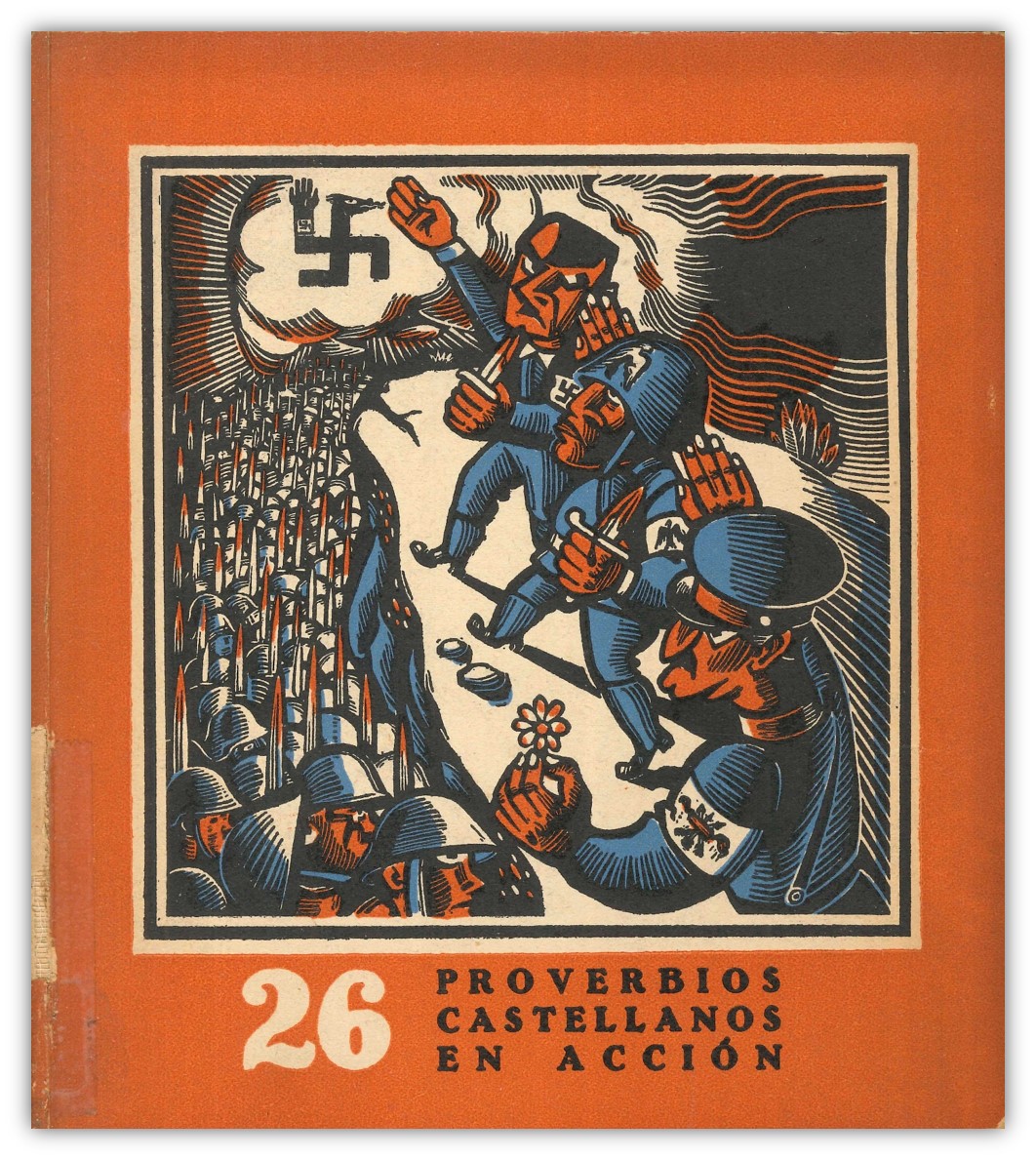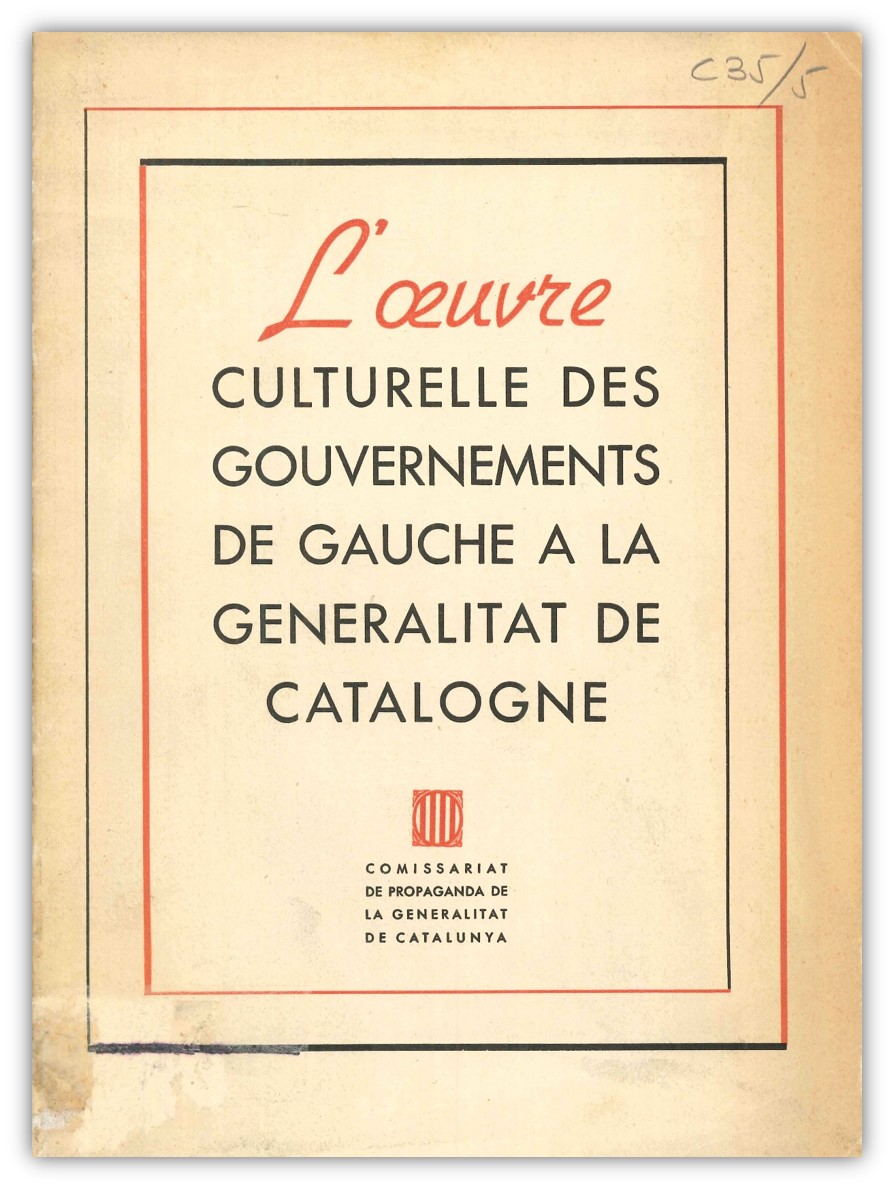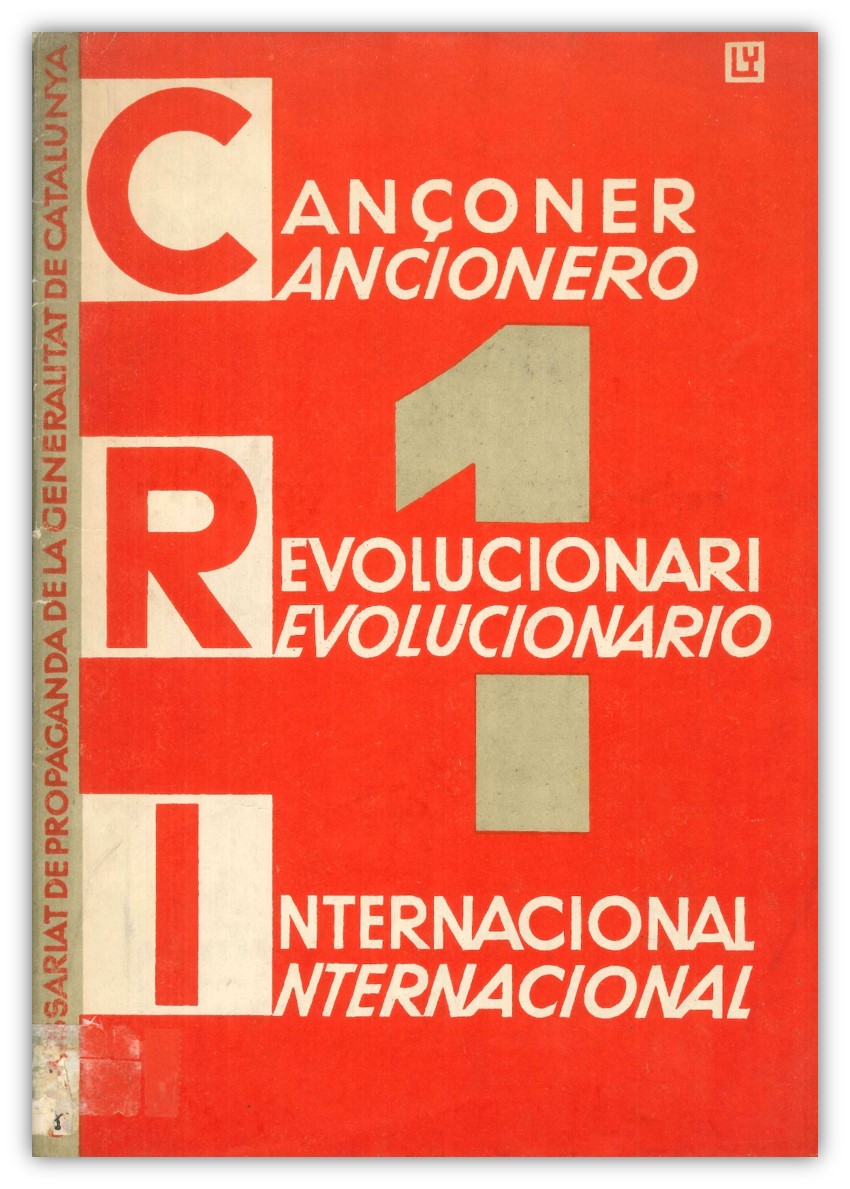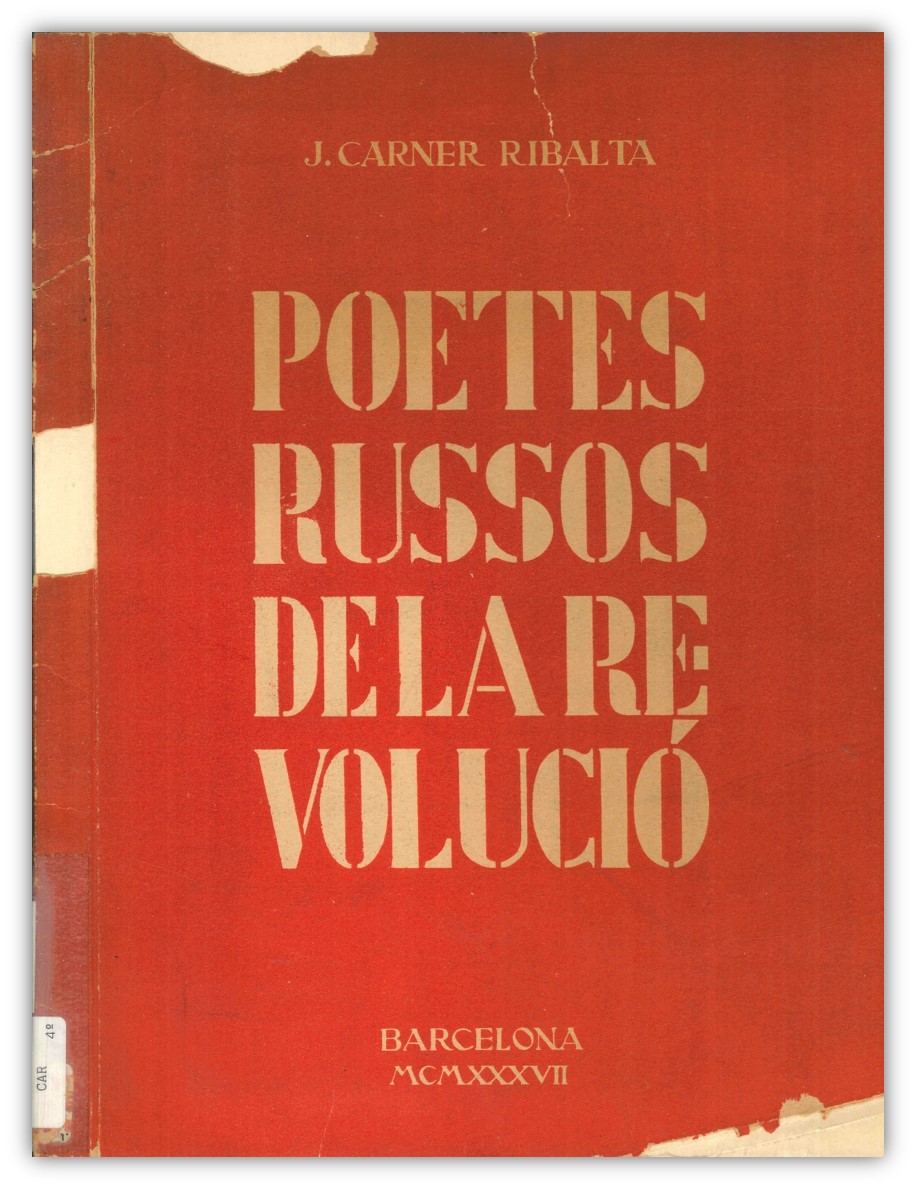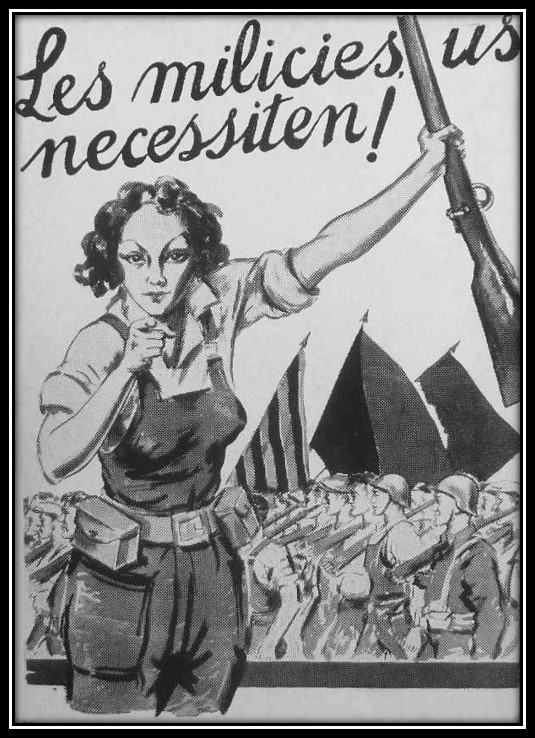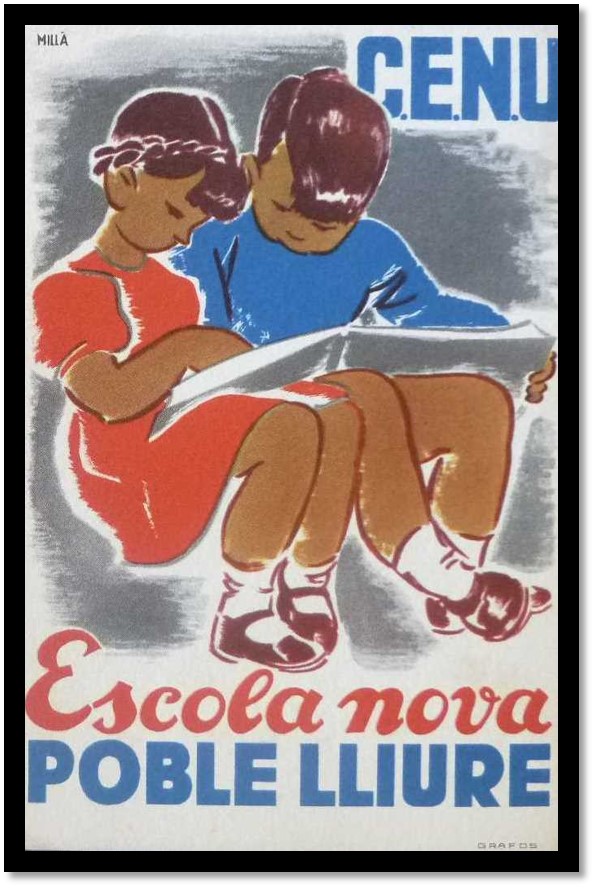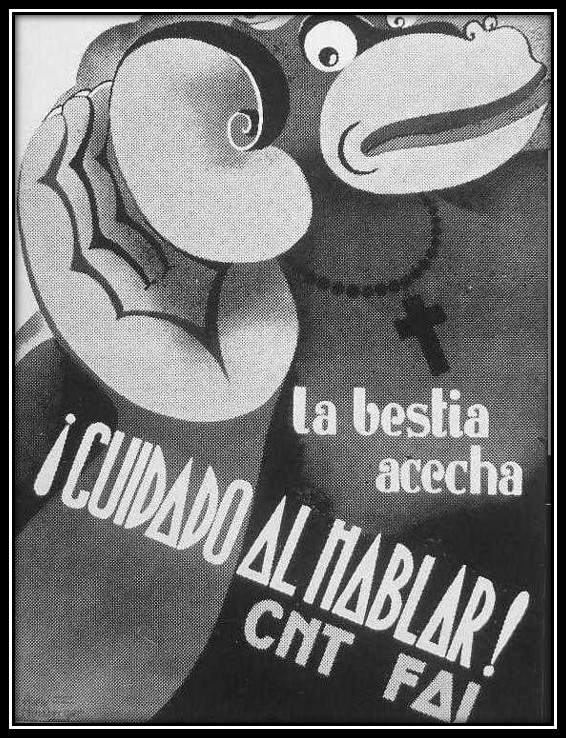Yolanda Ruiz
On the occasion of the exhibition Romanesque Picasso in the foyer of the Library of the museum, we are exhibiting some documents published by the Propaganda Commission. The Commission, directed by Jaume Miravitlles, was created in Barcelona on 3rd October 1936 and remained active until February 1939.
The activity of the Commission, as its name indicates, was to spread propaganda and its production in the field of publishing was very notable. Throughout its period of functioning, it published around two hundred titles, of which the Library conserves a few, a small representation of everything that was done under the auspices of this organization: some magazines, some books, postcards, etc. Nevertheless, through this article we would like to make them known, given that they represent a direct testimony of a recent period of our history.
Magazines
The Propaganda Commission published various magazines: Butlletí especial per als absents de la patria (“Special bulletin for those absent from the country”), Comunicat de prensa (“Press release”), Amic: publicació quinzenal per a esplai del soldat català de l’Exèrcit de la República, Visions de guerra i de rereguarda (“Friend: fortnightly publication for the recreation of the Catalan soldier of the Republican Army, Visions of war and of the Rearguard”) etc.
Portadas de Nova Iberia, ilustradas porJoan Commeleran, Antoni Clavé y Francesc Domingo, respectivamente.
In the Library there is a magazine called Nova Iberia, published in Catalan, Spanish, English and French, which was responsible for explaining the activities of the Republican Catalonia within the context of the Civil War. The publication counted on a luxurious edition, with texts written by politicians and intellectuals (Dolores Ibárruri, Eduard Fontserè, Lluís Companys, Francesc Galí, Jaume Miravitlles, etc.) and illustrations of quality produced, amongst others, by Antoni Clavé, Francesc Domingo and Joan Commeleran. It was first published in 1937, and four issues appeared (in fact three were instalments, but the last was double). The one which should have been the fifth issue, which was announced as a graphic report about the Civil War, never ended up appearing.
Books
Among the propagandistic activities of the Commission, the publication of books held a notable place, and for this reason, the editorial production was extensive. It was responsible for various collections, among which it is worth mentioning those entitled “Background and documents” and “Aspects of Catalan activities”, with versions in various languages.
Of the first, twelve titles were published, with a marked politico-social character, written by authors such as Anna Murià Romaní, Ramon Vinyes, Marià Rubió i Tuduri, amongst others, and of which the Library received La revolució en els ajuntaments (The revolution in the city councils) by Rafael Tasis i Marca, La revolució i l’assistència social (The revolution and social care) by Domènec de Bellmunt and La presidència d’Alcalá Zamora i el 6 d’octubre de 1934 (The presidency of Alcalá Zamora and 6th October 1934) by Antoni Orts Ramos.
Covers of the magazine Nova Iberia.
Of the second, the aim of which was to take an in-depth look at the cultural reality of Catalonia, five issues were published, which have become unavoidable references. Of the titles published, the Library conserves the Catalan and Spanish editions of the essay about contemporary Catalan painting written by Sebastià Gasch
Other publications closely related to the artistic world and promoted by the Propaganda Commission that can be found in our collection are: the French and English editions of a booklet about the actions for safeguarding the Catalan artistic heritage, the work 33 pintors catalans (33 Catalan painters) written by Joan Merli and the book L’Art de la Catalogne de la seconde moitié du neuvième siècle à la fin du quinzième siècle, published by Cahiers d’art on the occasion of the exhibition of Medieval Catalan Art held in 1937 in the Jeu de Paume of Paris. Of this publication, an edition was produced in German (A. Schroll & Coper) and another in English (Heinemann).
The Commission didn’t neglect the propaganda aimed at children and, for this reason, was responsible for the publication of some of the most beloved works of children’s literature during the civil war. El més petit de tots (The smallest of them all) written and illustrated by Lola Anglada; the children’s edition of the Auca del noi català, antifeixista i humà (Rhymes of a Catalan child, anti-fascist and human) with drawings by Josep Obiols; 26 proverbios castellanos en acción (26 Spanish proverbs in action) illustrated by Lluís Vidal Molné; De quan escrivien les bèsties (When the beasts wrote) written by Manuel Amat and illustrated by Artur Moreno Salvador; Ales humanes: poemes per a infants (Human wings: poems for children) with text by Salvador Perarnau and illustrations by Antoni Clavé, and El senyor pèsol i altres plantes (Mr Peas and other plants) also by Salvador Perarnau, with drawings by Joan Junceda, are some of the examples preserved in the Library.
Covers of children’s books published by the Commission with illustrations by Lola Anglada, Josep Obiols and Lluís Vidal Molné, respectively.
Other titles published by the Commission and that belong to the collection of the Library, are: L’oeuvre culturelle des gouvernements de gauche a la Generalitat de Catalogne, Cançoner revolucionari internacional (The International Revolutionary Songbook), Poetes russos de la revolució (Russian Poets of the Revolution), Set mesos i set dies a l’Espanya de Franco (Seven months and seven days in the Spain of Franco), and Vuit mesos a la delegació del govern d’Euscadi, a Catalunya (Eight months in the Government Delegation of Euskadi, in Catalonia), etc.
Postcards
Finally, we would like to make a mention about a curious collection of postcards produced by the Propaganda Commission, published to visually and graphically strengthen the propaganda activity of the organisation. Three collections are preserved: the first two contain reproductions of posters from the Civil War, and the third, Photographic portraits of politicians during the Second Republic.
More images of the fund of the Library Propaganda in this Pinterest album:
Related links
Biblioteca

